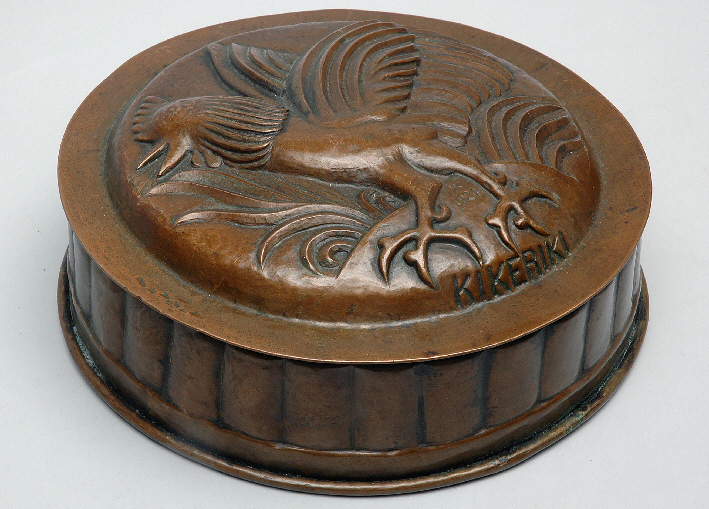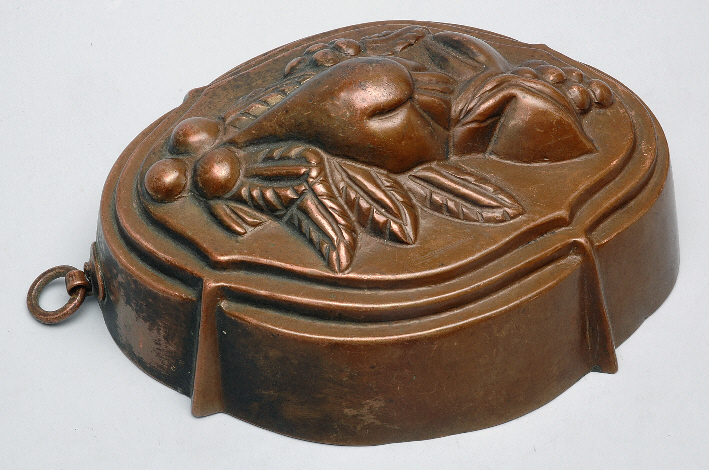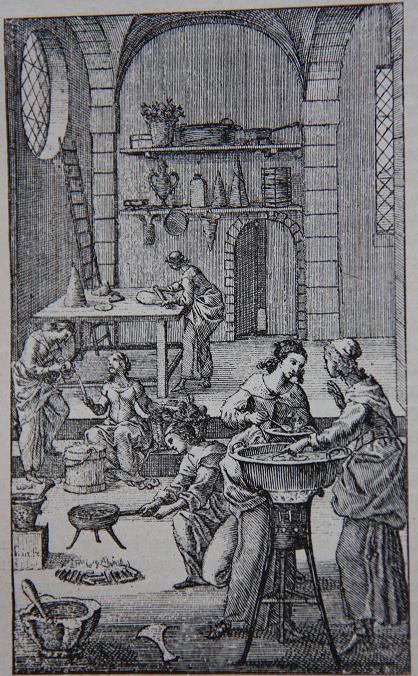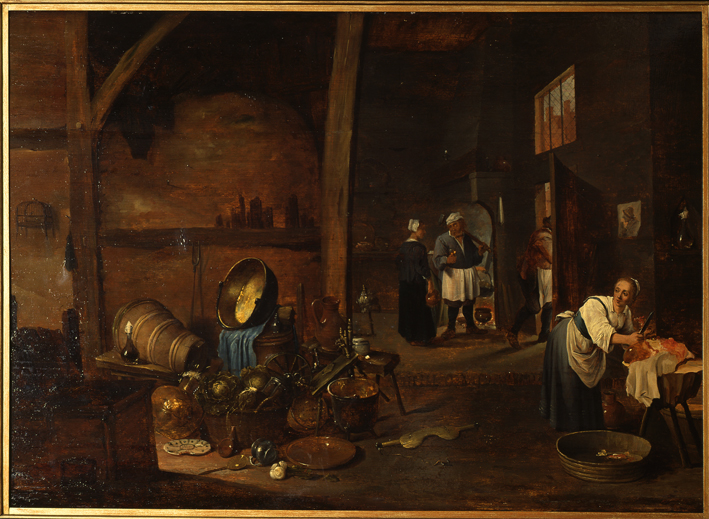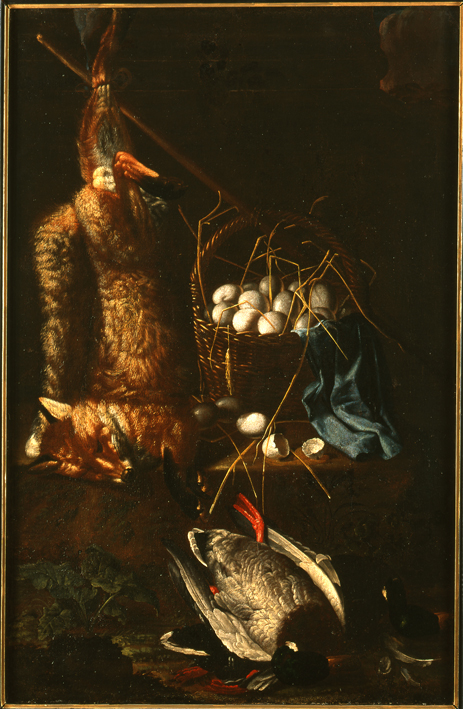Polish-style pike: the history of one recipe
The Polish-style pike, described in numerous European cookbooks, deserves a few warm words from us. In the Early Modern period, the king of Polish fish and the cooks torturing it did more to make our country famous than many a Polish king, victorious commander or any of the not so numerous science luminaries. Our patriotic pike made an impressive journey to the tables of many European countries.
The history of this particular recipe and the true evolution that the Polish pike underwent through centuries are a perfect illustration of the changing style of the Polish cuisine. At the same time, the intensity and extent of its expansion show us the power and attractiveness of Polish models in Europe. Not surprisingly, they were the most visible and popular among our neighbours. The Polish invention was the most enthusiastically received first by the Czech and later by Germans. And we owe the triumphant tournée of the Polish-style pike across Europe to our Western neighbours.
Thanks to the great popularity of this recipe, we have an insight into the history of the Polish cuisine at a time when there were no Polish cookbooks yet. The first Polish recipe for our pike is only recorded in a handwritten collection of recipes from around 1685. A similar recipe, called "Yellow pike in brine," can be found in Czerniecki's book of 1682. On the other hand, German and Czech recipes for the same dish date back to the 16th century. In the Kuchařství, published in print on 1591 and written by the famous Czech alchemist Bavor Rodovsky, there are two such recipes ("Štika v kořeni po polsku" and the somewhat easier "Štiku po polsku takto... "). In fact, the dish itself was even older than that. We find its recipe in the oldest printed Czech cookbook, now surviving in one copy only. The anonymous author of the Kuchařství o rozličných krměch, kterak se užitečně s chutí strojiti mají book published in 1535 included two recipes that are practically identical with those in Rodovsky's book. As it is, the famous alchemist simply rewrote (with some minor changes, especially in the second recipe) the text from before sixty years!
In the Czech state, where literature in the national language developed earlier than in Poland, handwritten cookbooks date back to the 15th century. A work from the second half of the 15th century also contains two recipes for Polish-style pike. This would be completely unimaginable in the Polish reality of that period. Thanks to our Southern neighbours, we can now, in the 21st century, try a dish that our ancestors savoured at least 500 years ago.
Translation: Lingua Lab
